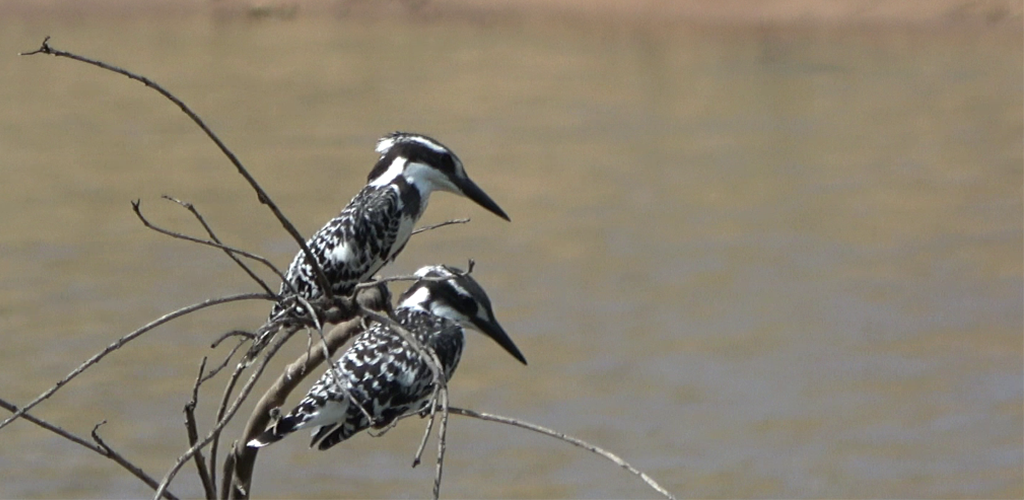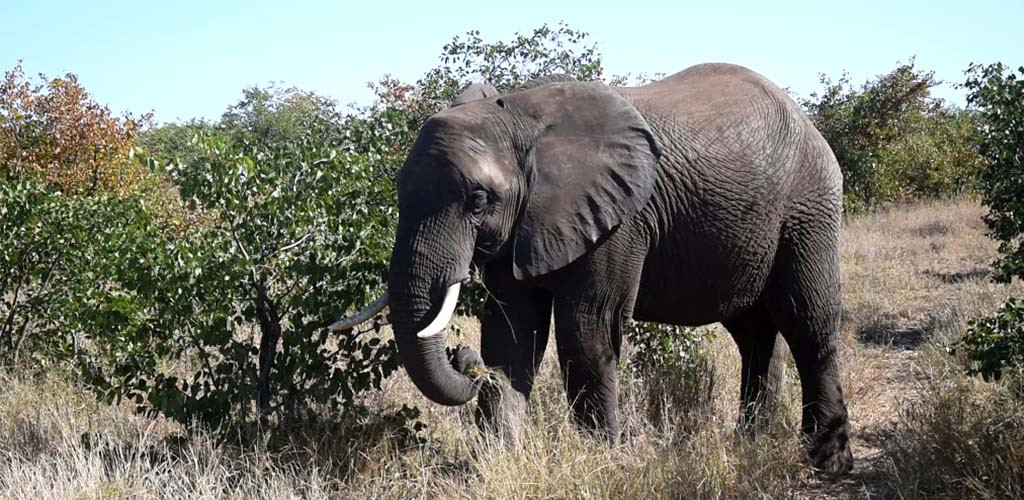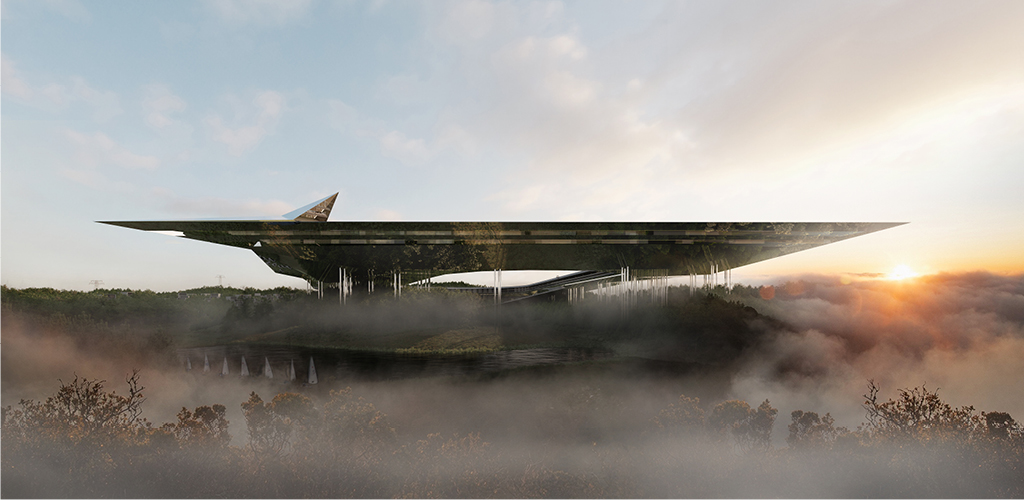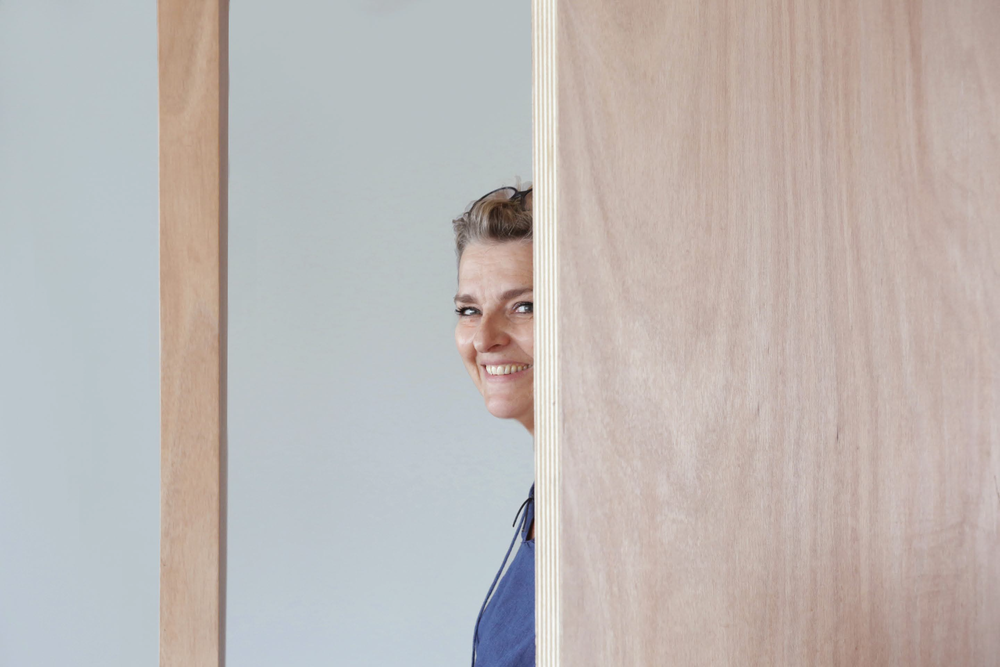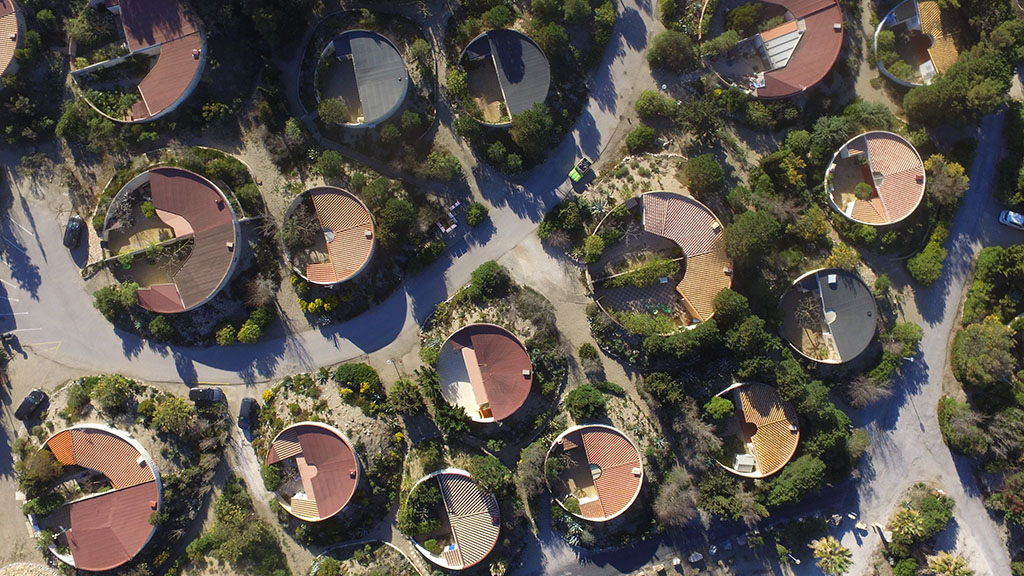“We can learn so much from animals and Insects”
Emmanuelle Pouydebat, Research Director at the CNRS (French National Centre for Scientific Research) and the Natural History Museum, a specialist in the evolution of animal behaviour, shares with Françoise Raynaud, in the context of AA’s special issue – Elementary particles – of a love of living things. “We both use the same vocabulary,” she says. A note on the importance of bio-inspiration.
An interview by Jean-Philippe Hugron
What are your current areas of research?
My research is focused on living beings’ capacity to adapt. For example I’m studying the evolution of the ways in which elephants use their trunk in feeding themselves, in moving around, in establishing social contact. This organ was originally very small. It grew longer according to geographical surroundings. What’s more, a trunk can manipulate a piece of popcorn just as efficiently as it can uproot a tree. It is both strong and precise, despite having no bones, no articulations to speak of. The subject is of interest for robotics, particularly in soft robotics. The trunk is a model of flexibility and dexterity, and biomechanical analysis will provide valuable information. So biological studies can lead to completely different applications.
Do you also learn about the habitat of the species that you study?
All the time. For example with veterinarian and professor at the National Muséum of Natural History in Paris Sabrina Krief, we are working on chimpanzees. They treat themselves for malaria and protect themselves against it through their habitat. Indeed we have noted that there are fewer tics and mosquitoes in their nests. And the reason for this is that they use plants that act as natural repellents. We thereby hope to identify new molecules.
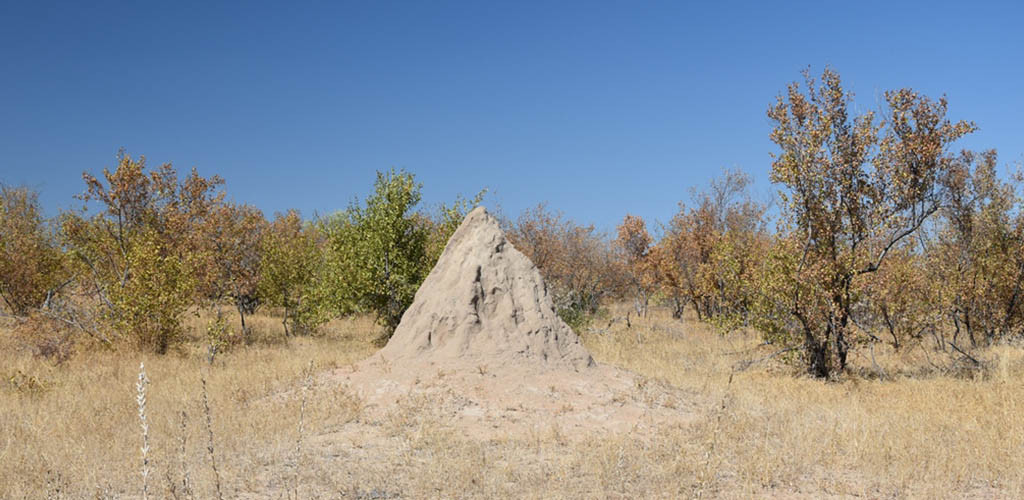
What are other possible crossovers?
There are so many! In transport, materials, or again architecture, ecology. Third-generation drones are researching miniaturisation. Work on dragonflies shows their extreme drivability while using very little energy. Still in the realm of transport, the Japanese have looked at how kingfishers dive into the water at 80km/h with barely a splash and consequently minimal shockwaves. This information enabled the optimisation of the morphology of the Shinkansen, Japan’s high-speed train, reducing sound pollution and saving on energy.
You also mentioned materials and architecture…
For materials, I could cite the research of Christine Rollard, a great specialist in spiders. Spider silk is five times stronger than steel and it is extremely elastic. These properties have been used in making bulletproof jackets or, in medicine, artificial tendons. In architecture, one example is the Eastgate Center in Zimbabwe (by architect Mick Pearce in 1996), built on the principal of termite mounds. Termites build passages that run from below ground up to the very top of their construction. During the day, when it is 50°C outside, hot air is evacuated through the top. Conversely, in the evening the underground passages can be filled to retain the internal heat, despite external temperatures of 0°C. Thus the air inside the termite mound is maintained at 30°C day and night, critical for the survival of the termites who are thereby able to cultivate the moulds that pre-digest the leaves that they eat.
To conclude, what final message would you like to send?
Bio-inspiration can be an added benefit, but must not just be a business. It must be the starting point of the combat to protect biodiversity and respect for life. We have so much to learn from animals and insects. For example some species don’t develop cancers, others regenerate their neurones, venom can provide powerful pain relief – more effective even than morphine and without the side effects. Ants produce moulds that form an effective barrier against bacteria. Many solutions are found in biodiversity. In the words of Victor Hugo, how sad to think that nature speaks and mankind doesn’t listen. Let’s listen to it and protect it.
